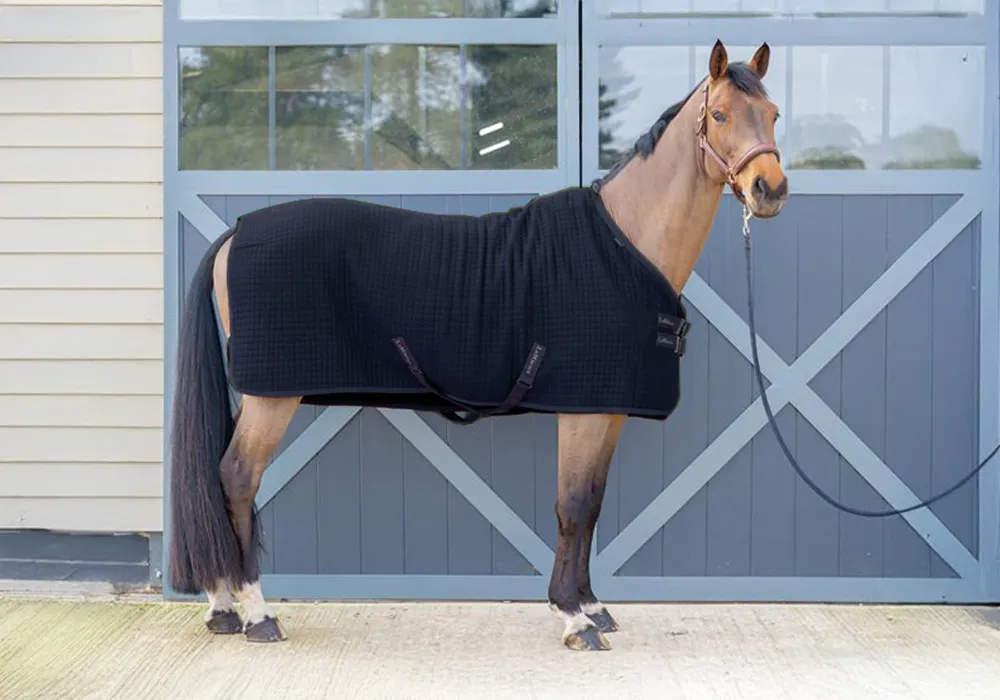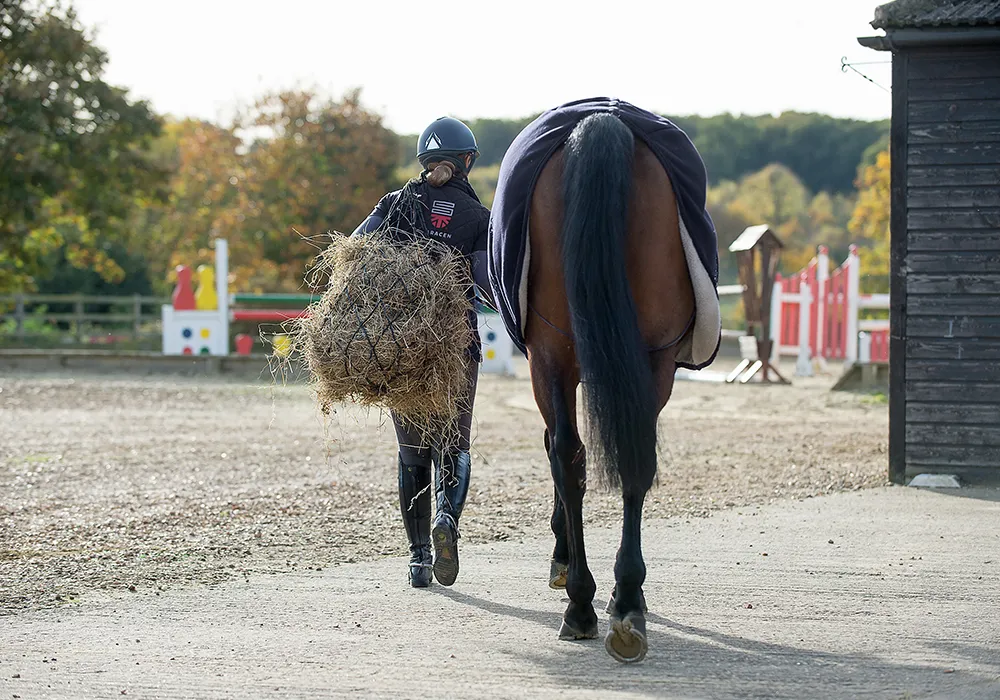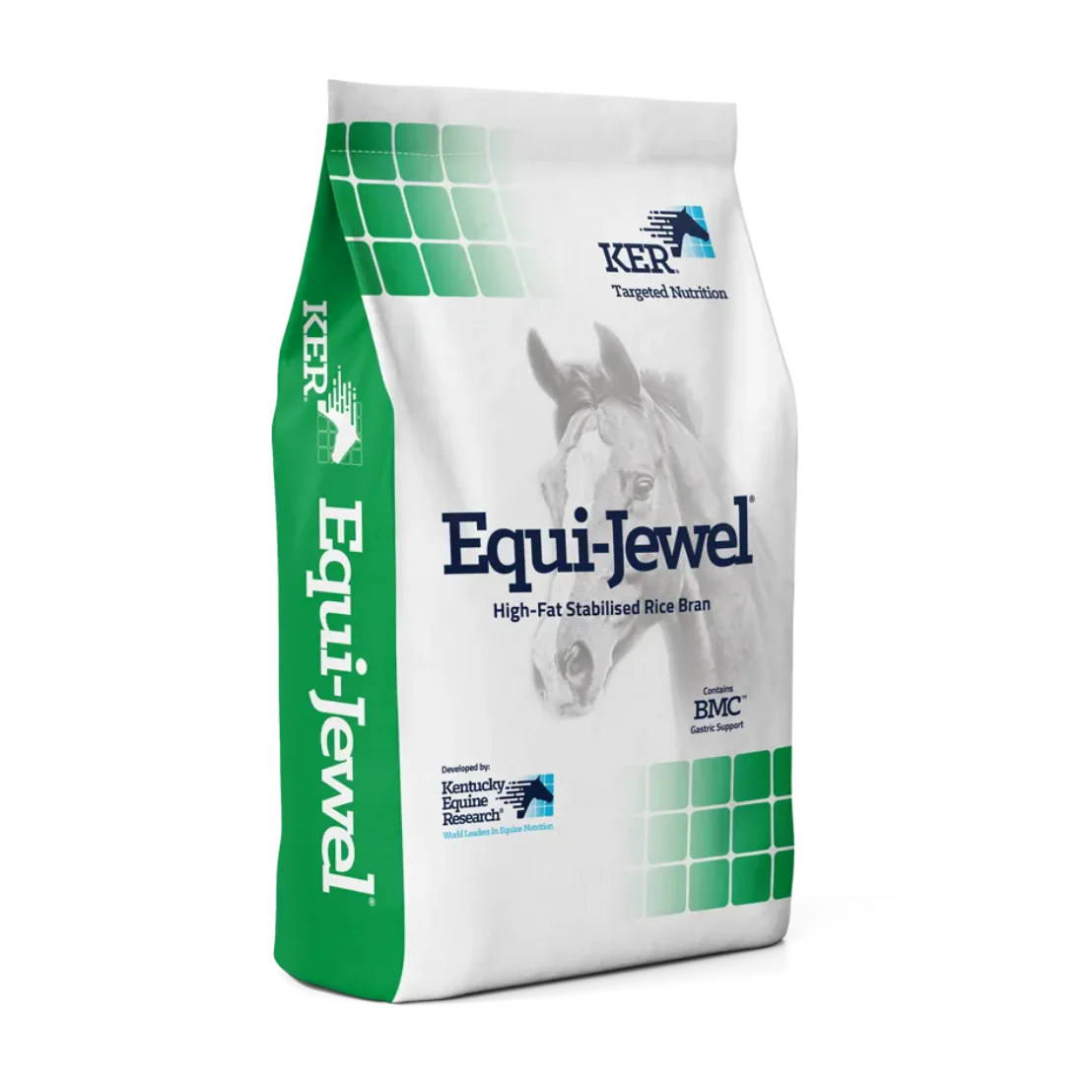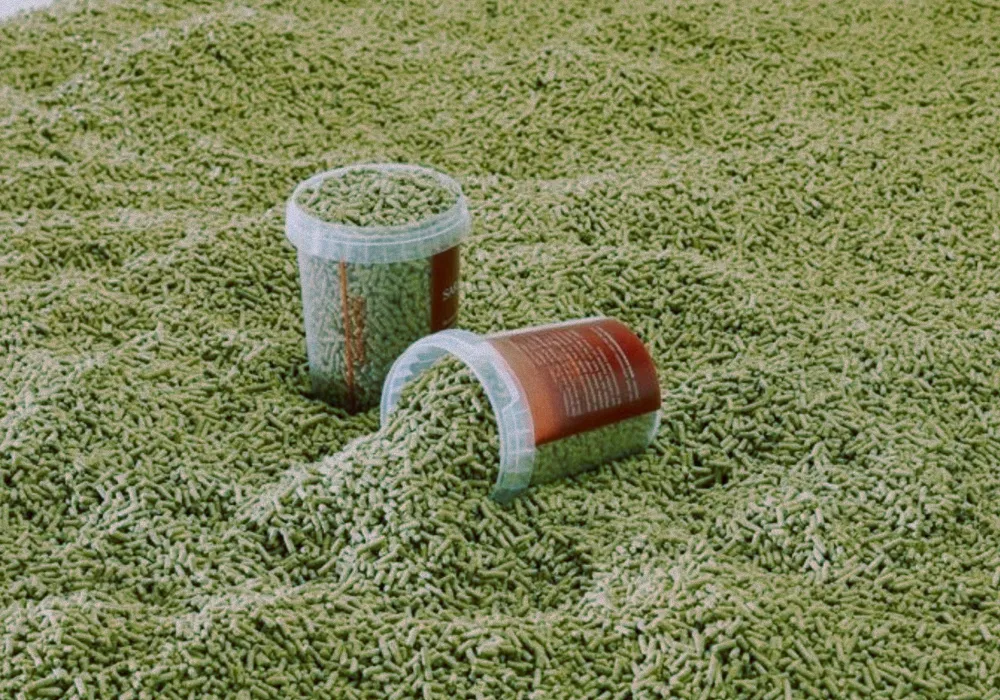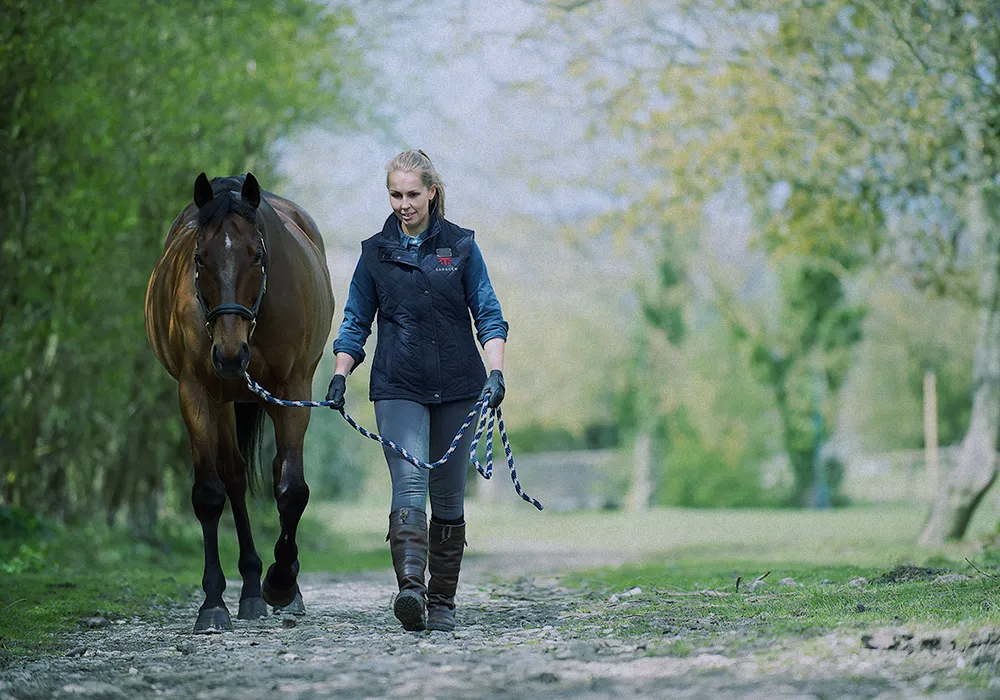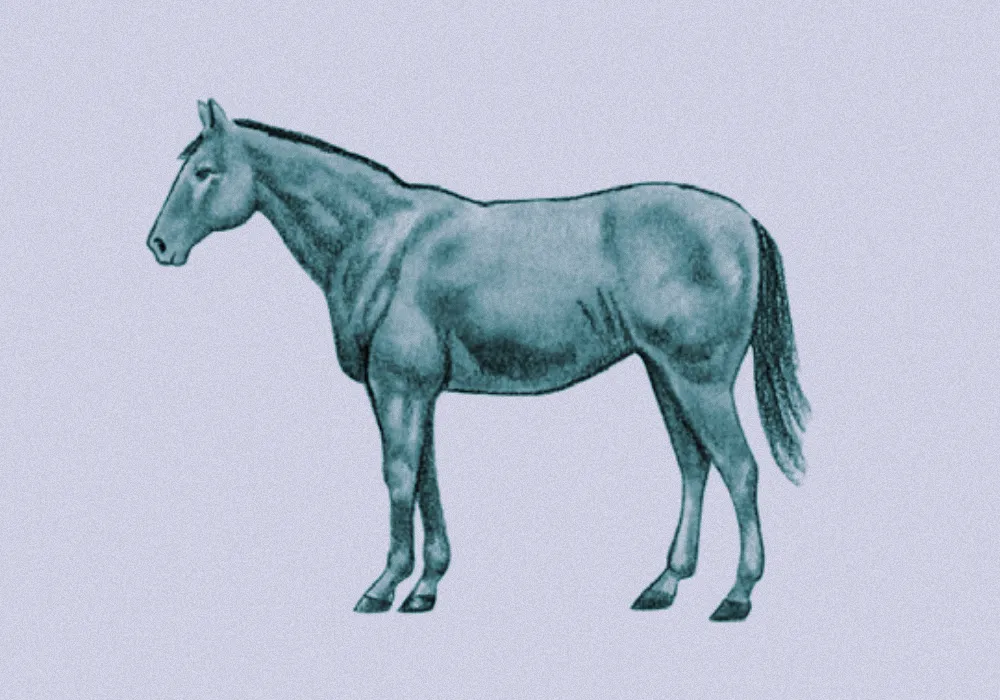Weight Management: Maintaining Fibre Intake

Forage is essential to satisfy both the horse’s physical and psychological needs. The physical need for forage is to provide bulk and help to maintain a healthy digestive system, whilst the psychological need is that horses have a natural “drive” and need to chew as they are “trickle feeders”.
Horses should ideally be allowed consistent access to forage. If this is not possible because your horse is a good-doer NEVER feed less than 1.5% of the horse’s body weight on a dry matter basis as forage, and look at ways in which the forage being fed can be made to last longer, such as
- Putting hay in a small holed haynet
- Putting different haynets around the stable/field to encourage browsing behaviour
- Giving the hay allowance spread throughout the day rather than one amount in the morning and one amount in the evening
- Soaking hay to reduce the soluble carbohydrate content.
Recent research by Husted 2009 showed that daytime forage deprivation causes ESGD whereas night-time starvation in the same horses does not. So using this information it seems appropriate to prioritise daytime forage over large haynets at night.
- 80% forage between 7 am and 7 pm
- 20% forage between 7 pm and 7 am
Soaking Hay
Soaking hay is a great way to reduce the calorie content without limiting the amount of fibre that a horse is receiving. We would suggest soaking hay for 60 mins in cold water or 30 mins in hot water (16 degrees or above), to maintain hygienic quality and rinse off any sugary water, as research has shown that this can lead to a 40% reduction in NSC & 7% reduction in DE content of hay (McGowan et al 2012). Good- Doers should not receive less than 1.5% of their body weight as forage per day, this can come from grass, hay/haylage or shorts chops such as chaff.
Soaking Hay
Reduce the calorie count whilst maintaining fibre
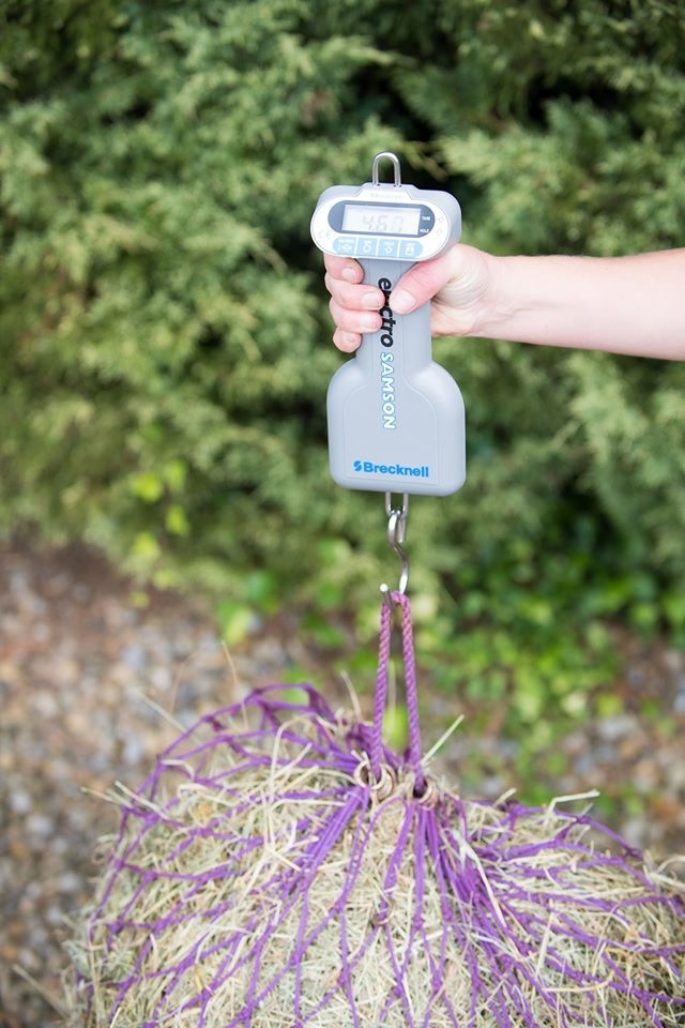
If you are unsure of how much forage your horse or pony should consume on a daily basis please call our nutritional team on +44.162.271.8487.
The chart at the bottom of the page can be used as a guide when working out your horses or ponies' daily forage intake. It shows the average weight for each breed.
Restricting Turnout
At certain times of the year, spring, early summer and autumn, grass is high in natural sugars, these sugars can increase the risk of weight gain and laminitis in some horses. In 24 hours of turnout studies have shown that horses can consume 3% - 5% of their body weight in grass. In addition, if horses are turned out for less time, they learn to gorge themselves for that period, with some ponies eating 1% of their body weight in just 3 hours! Restricting grass intake using strip grazing or muzzles are effective ways of managing weight gain whilst keeping them on the move and allowing trickle feeding. Using a muzzle strategically on good pasture can reduce grass intake up to 80%, ensure that the muzzle fits well and still allows your horse to drink water. If horses are on restricted grazing the use of innovative forage feeders e.g hay pillows and sphere feeders are a great way to allow horses to use their natural inquisitive instinct whilst regulating the amount of forage they are receiving on a daily basis.
Need Guidance?
If you would like any further information on feeding your horse or pony please feel free to contact our nutritional team on +44 (0)1622 718 487, email info@saracenhorsefeeds.co.uk or fill out our Feed Advice Form.
